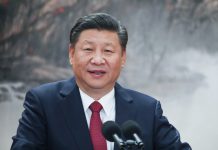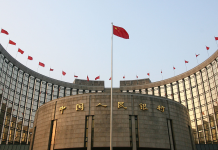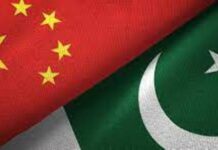DM Monitoring
HONG KONG: The May Day holiday used to be a busy time for tour guide Tang Ning in Hong Kong, but this May Day holiday was completely different, which saw him have no business at all, and he even began to worry about the fate of his company.
“Hong Kong has come to the high season, and I should have been fully occupied. But the truth is that I haven’t worked for months,” said Tang, a Japanese-language tour guide hired by a local travel agency.
According to the latest figures released by the Immigration Department of China’s Hong Kong Special Administrative Region (HKSAR) government, Hong Kong recorded 1,528 arrivals on the first day of the four-day public holiday, with Hong Kong residents accounting for 90 percent and mainland visitors dropping to 119.
However, on the same day last year, the number of arrivals and departures here amounted to 1.06 million, of which nearly 500,000 are from the mainland.
Yiu Si-wing, a Hong Kong lawmaker and tourism industry insider, said that no tour group visited Hong Kong during this holiday, which is the first time that such a thing has happened since the Individual Visit Scheme was launched in 2003.
Another experienced tour guide surnamed Wan also has had nothing to do in the business for several months.
“Actually I haven’t received any tourist since September last year. Many of us have suffered from both the social unrest last year and the pandemic this year,” he said.
Tourism industry in Hong Kong had already suffered a lot in the second half of last year due to the social unrest and violence, with quite a number of people in the industry making no money at all, and in the first half of this year, many countries and regions issued travelling advisories because of the COVID-19 outbreak. All these have plunged Hong Kong tourism industry into a miserable situation.
In late January, Hong Kong Disneyland and Ocean Park were closed temporarily. It was not long before many tourist attractions, well-known eateries, shops and hotels stopped their operation or service.
During travel seasons, Wan usually could receive 10 tour groups from Southeast Asia or 15 tour groups from the mainland per month, and he could earn as much as 20,000 Hong Kong dollars (around 2,600 U.S. dollars).
In order to relieve residents’ burden brought about by the COVID-19 outbreak, the HKSAR government has launched two rounds of anti-epidemic fund and rolled out many relief measures to help them weather the current hardship.
For tour guides like Tang and Wan, they will receive a monthly subsidy of 5,000 Hong Kong dollars lasting for six months.
It’s not a large sum, but it works to help them tide over the difficulties, said the duo who are grateful for the subsidies and also expressed confidence in Hong Kong’s economic recovery.
Hong Kong’s effective anti-epidemic measures, altogether with these all-out efforts made by the HKSAR government and various sectors, gave Hong Kong tourism hopes.






